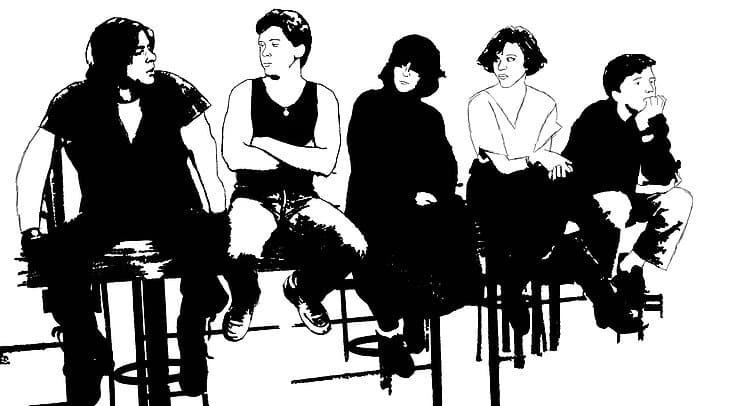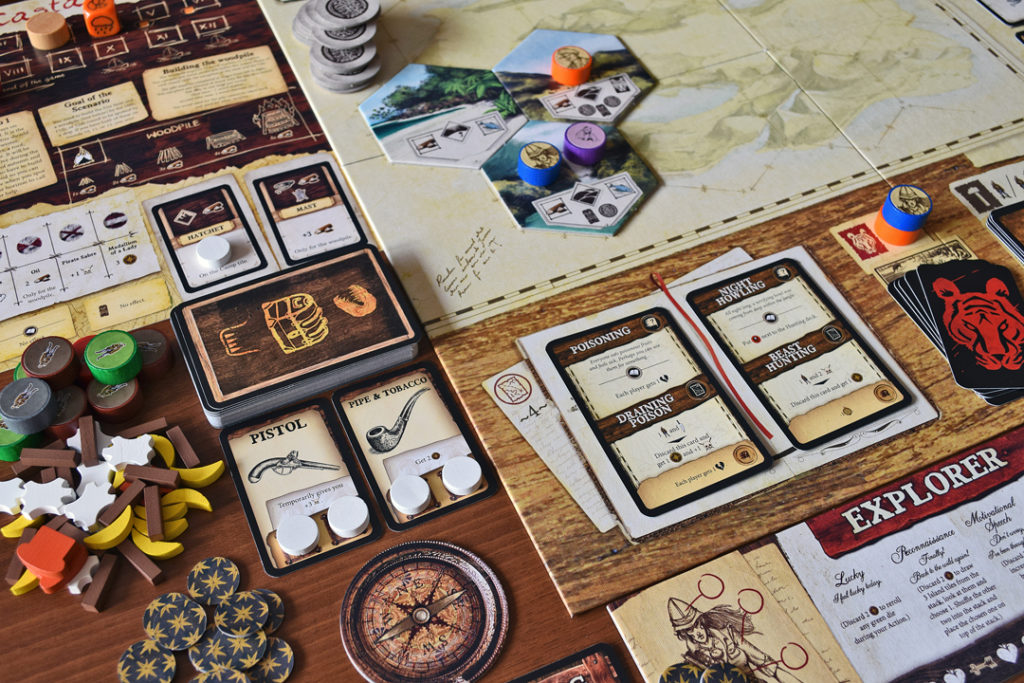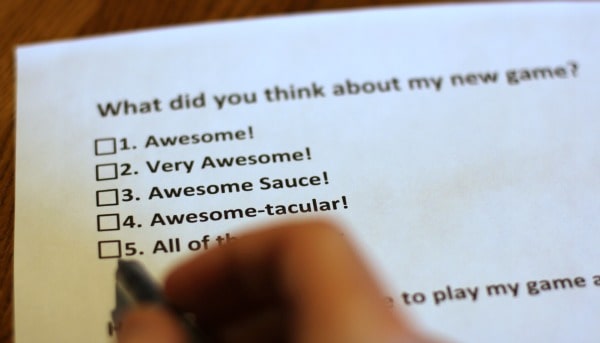The Creative Process
As I continue work on our newest room, The Playbook, I wanted to step back and provide some insight to our audience how the creative process goes into how I design an escape adventure. I don’t believe there is a cookie cutter formula to this process as each room I have designed have taken on a different approach thus far. This newest room has proven to be much more difficult than the past two due to nature of several elements to this game.

Inspiration.
The most common question I get is where do I get my ideas from? The possibilities are endless, but I think the first place I start with is a story. I am a movie junkie. I will watch pretty much anything of any genre. The movies I enjoy most are the ones with depth and great character development. Unfortunately, in the escape room industry, creating depth of story and character development can be quite the challenge to accomplish in 60 minutes. Thus far I can only think of one escape adventure I have played that told a fantastic story. While I believe the first two rooms I created are immersive and fun, they don’t quite capture much of a story. The newest adventure, The Playbook, will be a room where you create your own unique story. I have often tried to refer to it as The Breakfast Club meets a heist film.

Puzzles.
In some ways I always thought that puzzle design would be my strong suit in this industry. Game mechanics make sense to me. I’m a big board gamer and enjoy virtually every type of tabletop gaming. Unfortunately, I feel like I’m coming up short in many ways on puzzle design. It could be because I set the bar high for myself in this department. With The Master Key, I initially I wanted each of my “world’s” puzzles to be themed around a centralized idea. One world around light themed puzzles, one world around mechanical style puzzles, and the other around tactile/touch style puzzles. The latter of the three was scrapped. For The Final Piece I wanted a much more tactile game where the setwork and the puzzles fit seamlessly. I didn’t quite accomplish that in many ways, but I came fairly close. Creating every puzzle in a game to fit the theme of a room has posed itself to be quite challenging. It’s funny when you find yourself staring at a bathtub and asking yourself how do I make a puzzle out of this?

Organization.
This is what has changed in the creative process from the first two adventures to this newest one. This time around I have been putting together an extensive outline going through every detail of the room design. Being a highly visual person my first two adventures I did a hybrid approach of construction and creation. This worked okay, but because of the layers in The Playbook I cannot afford to take that approach. I imagine when this outline is complete it will be close to 25 pages of set design, puzzles, story, and characters.

Playtesting.
Having run through two series of games and having them fairly thoroughly playtested I still make minor tweaks to the gameplay even since they have been open to the public. When I have the newest room being playtested it will be an even more arduous process having the multiple paths in this game. Most 60 minute escape adventures have 12 – 18 puzzles in them. The Playbook will have close to triple that number due to the paths in this game. This game could also end up being a 75-90 minute room and/or a live-actor, but all of that is still a bit up in the air.

The Goal.
Every game I create I want it to do something different. Every game I create I want to feel completely different from the others. So many companies I play their games feels like the same thing over and over with a different theme. I refuse to settle like that. The Master Key is a perfect gateway escape room in my opinion. It has a sense of surprise, adventure and wonderment as the game opens up with very controlled pieces of information coming into the picture as everything cleanly progresses. The Final Piece has an intense pacing with a crescendo of chaos as information comes rapid fire with constant onslaught of tactile puzzles hitting you where communication and cooperation are a must. The Playbook will revolve around the idea of ownership. I want the players to feel like they have ownership of their puzzles, ownership of the story they create and to feel like their experience was completely unique to any other group that previously played.